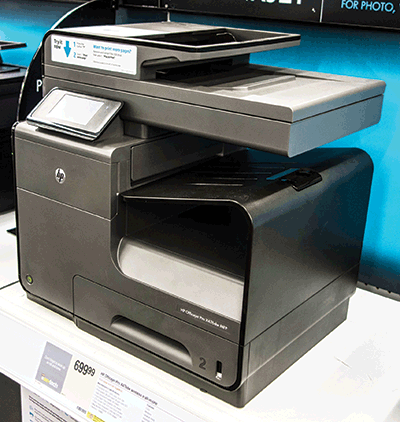You can create the best strategic plan in the world for your business, but if your colleagues and employees don’t understand it, don’t like it, or aren’t even aware of it, it may not do much good.
“Communication is critical to developing a strategic plan. If you’re not telling people what’s happening, there is no way you’ll be able to succeed,” according to Betsy Henning, chief executive officer of AHA! Marketing, Vancouver-based communications consultants. “You need to develop a communication plan with the same level of rigor that went into your strategic plan itself.
“That’s especially true if a company is trying to change in a significant way,’”she added. “Some employees will feel disenfranchised by change. You need to get employees to understand what’s expected and how they should participate, and even how they can opt out. A great company realizes that not every employee will come along, and you need to allow them a graceful exit or the opportunity to find another role in the company.”
Employees are only one of the communication targets. You need to talk to customers, board members and other stakeholders as well to get them on board with your goals, she said.
“Creating and implementing a strategic business plan requires a lot more communication than most people are prepared for, including face-to-face, company Internet, social media and traditional media,” said Henning, whose firm has counseled Yahoo, HP, Charles Schwab and other business giants.
Steve Rosvold, KRM Business Solutions, another Vancouver business consultant, agrees, pointing out that communication of the plan is a specialty.
 “I set up the structure of strategic plans for companies, but when it comes to communicating them, I refer to other experts in communications and public relations. They know specifically how to convey the plan elements to customers, employees, board members and other constituents.”
“I set up the structure of strategic plans for companies, but when it comes to communicating them, I refer to other experts in communications and public relations. They know specifically how to convey the plan elements to customers, employees, board members and other constituents.”
Tim Schauer, president and chief executive officer of MacKay & Sposito, Vancouver-based consultants in energy, public works and land development, knows first-hand what it takes.
“Our company is 40 years old this year and lots of our employees have been here for many years. That puts us at risk of group-think.”
After shrinking during the economic downturn of the past few years, his company now is larger than before with 110 employees.
“We re-calibrated our plan because the old economy is not coming back. We expanded into energy consulting a few years ago, early in the downturn; now it’s 70 percent of our business.
“You need to give employees the tools to embrace and make change, and understand it. You have to communicate the why of change. We look for key tenured employees who influence other employees. A great strategic plan not embraced by employees is not likely to succeed,” schauer said.
Nautilus, Vancouver-based maker of fitness equipment, also has redirected itself. John Fread, the company’s director of global marketing communications, said Nautilus “went from a really big company to being really hurt and having to lay off employees and downsize. We went from 1,500 to a low point of 200. Now we’re back up to 350 and growing again.”
Fread joined Nautilus two years ago as a consultant to help build a strategic plan and communicate it, then stayed on.
“It was important to realize the stewardship of our employees and how to engage them so they could help swing the company back to prosperity,” he said. “The human factor in running a business is vital. We have an internal culture club, an employee council that allows us to tap into the power of social media among our employees.
“Recently we were in New York for the opening bell for the New York Stock Exchange. That is usually reserved for executives but we drew four employees’ names at random and invited them and their partners to attend at company expense. They came back with great stories that wound up in peer-to-peer conversations at work. At the end of the day employees like that are trusted by others and they become centers of influence with their co-workers.
“The world has changed because of the Internet and personal electronic communication, and we now have the ability for the first time ever to control the messages and the speed and the accuracy of our communications. Businesses need to tap into that power,” Fread added. “Nautilus came to a momentous crossroads a couple of years ago to alter our strategy. People may remember us as company that made fitness equipment for gyms. Nautilus looked at the future and decided it was all about coming up with fitness solutions that make sense for each individual, and we turned to making fitness equipment exclusively for home use.”
Getting employee commitment to that change of direction was vital, Fread said.
Scott Carroll, founder-owner of Business Outcomes Consulting in Vancouver, said it’s especially important to get mid-level employees engaged and committed to strategic planning, because they’re often the vital link between management and employees, and the ones who will do the communicating.
“Sometimes those employees can become a little jaded or cynical, and that can become a major communication block,” Caroll said. “They have to be fully engaged about the whys of the plan and what’s to be gained.”
“Businesses that survived the economic downturn have had to adapt and make tough choices. Now that things are looking up it’s not the time to get lazy. It’s time to plan for surviving the next downturn by developing a good strategic plan and making sure it’s communicated to everyone in the organization,” Caroll said.
{jathumbnail off}








